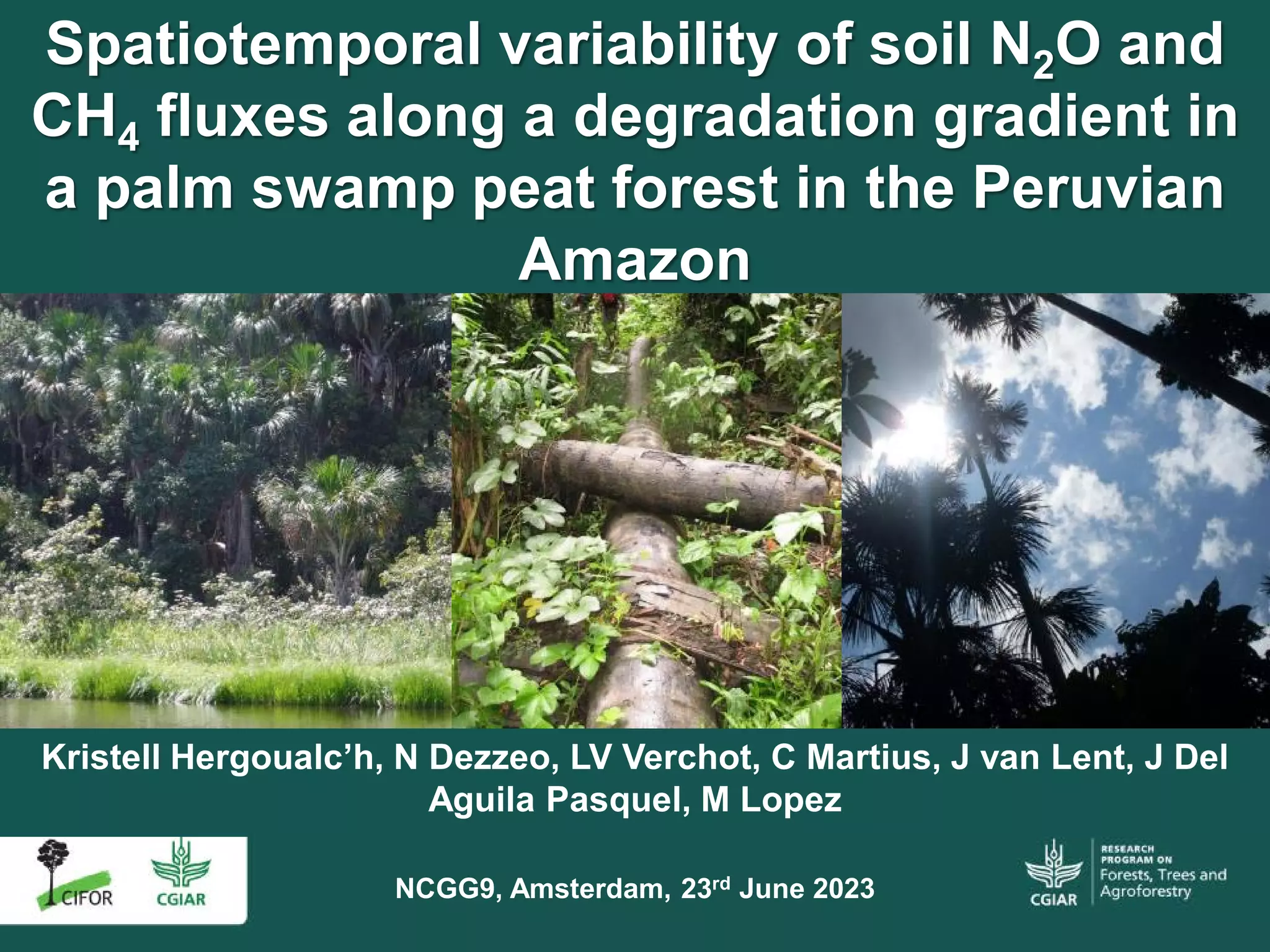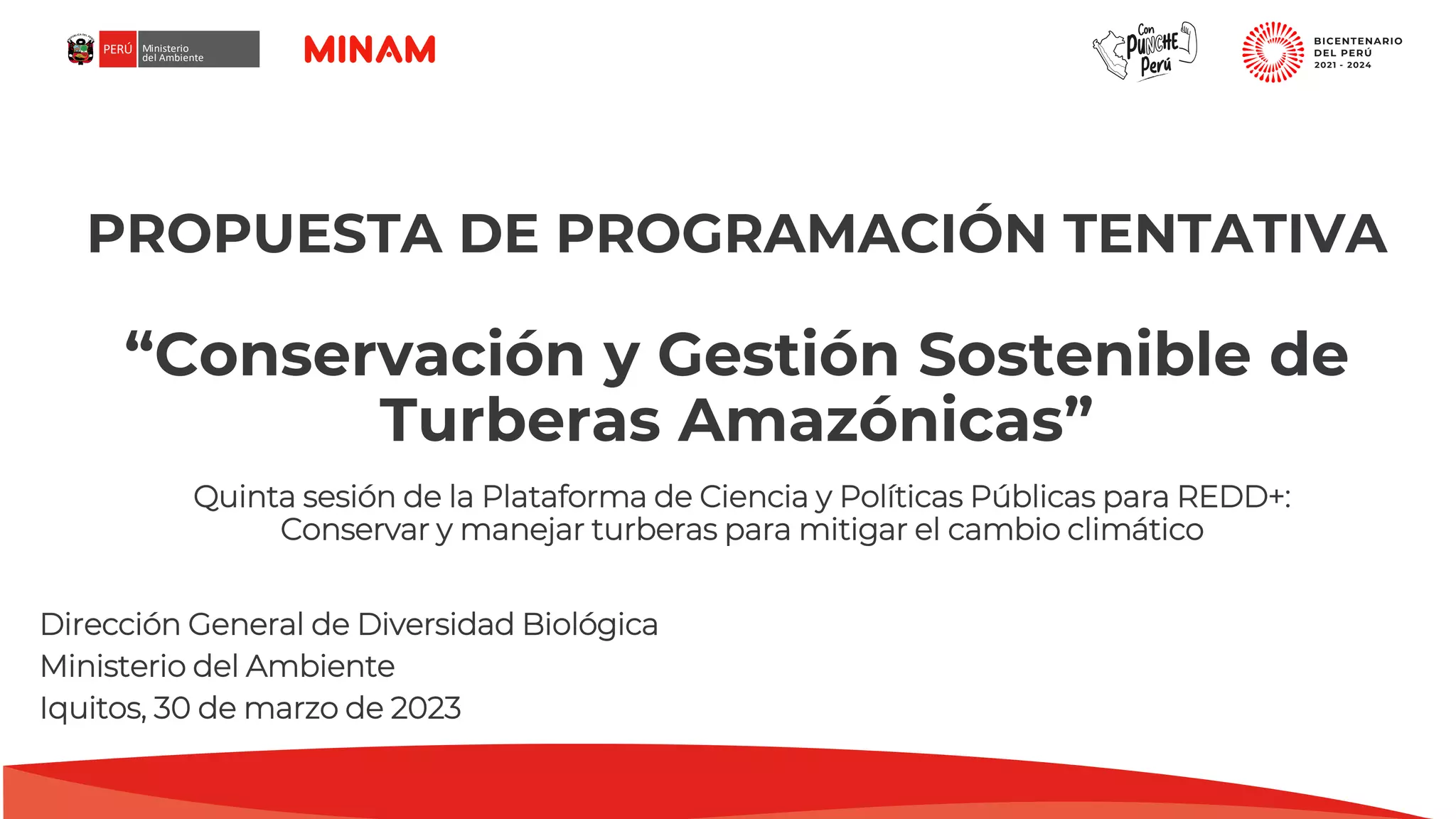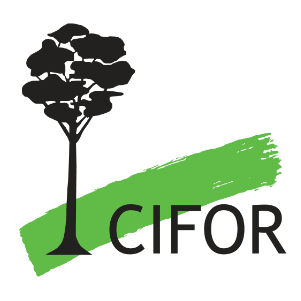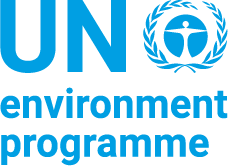
Nowadays, global advancements in technology have revolutionized natural resource management and conservation efforts, offering new tools and frameworks to monitor and manage ecosystems. The integration of satellite imagery, Geographic Information Systems (GIS), drones, and mobile applications has facilitated real-time environmental data collection and analysis, enabling more informed decision-making. An effective monitoring system is recognized as essential to successful restoration and conservation efforts, as it allows to support adaptive management by measuring progress and helping to identify corrective actions needed for a long-term process. Learning from requirements, problems, limitations, and the emergence of new technologies, we develop a Community Based Restoration Monitoring System (CBRMS). The system is designed to be flexible, accessible, cost-effective, and user friendly. By utilizing affordable technologies, it ensures adoption by communities with limited resources also requires minimal technical expertise to maintain the system. The system can be adapted to different ecological and social contexts, ensuring its scalability and sustainability. It empowers local communities for an active role in monitoring environmental conditions and fostering local awareness that led to enhanced conservation efforts. This paper demonstrates the value of the CBRMS in supporting sustainable resource management and conservation efforts through combining participatory monitoring, science and technology. CBRMS serves as a bridge between local participation and modern ecological practices according to evidence of its application for community-based mangrove and peatland restoration in Indonesia. It measures the survival and growth of planted trees and related carbon sequestration. This system also demonstrates local participation in contributing to climate change adaptation and mitigation.
Download:
 file
file

- Authors: Okarda, B.
- Subjects: appropriate technology
- Publication type: Journal Article
- Source: Dspace
- Year: 2025















